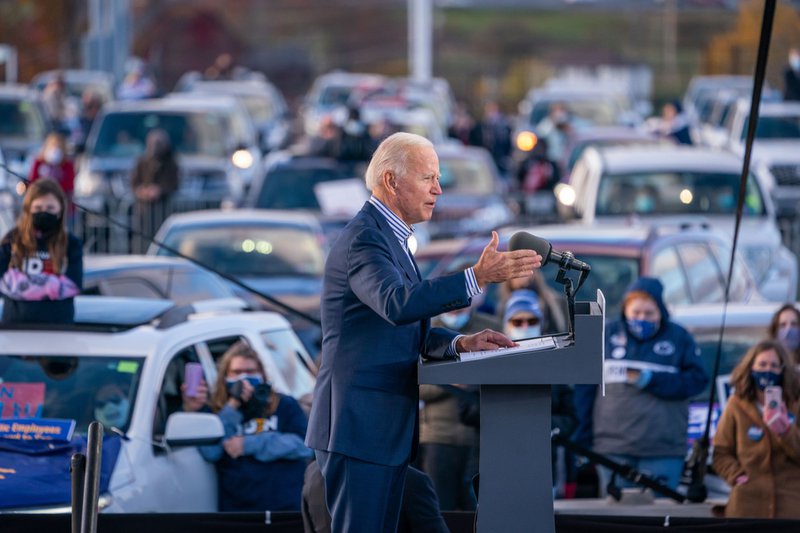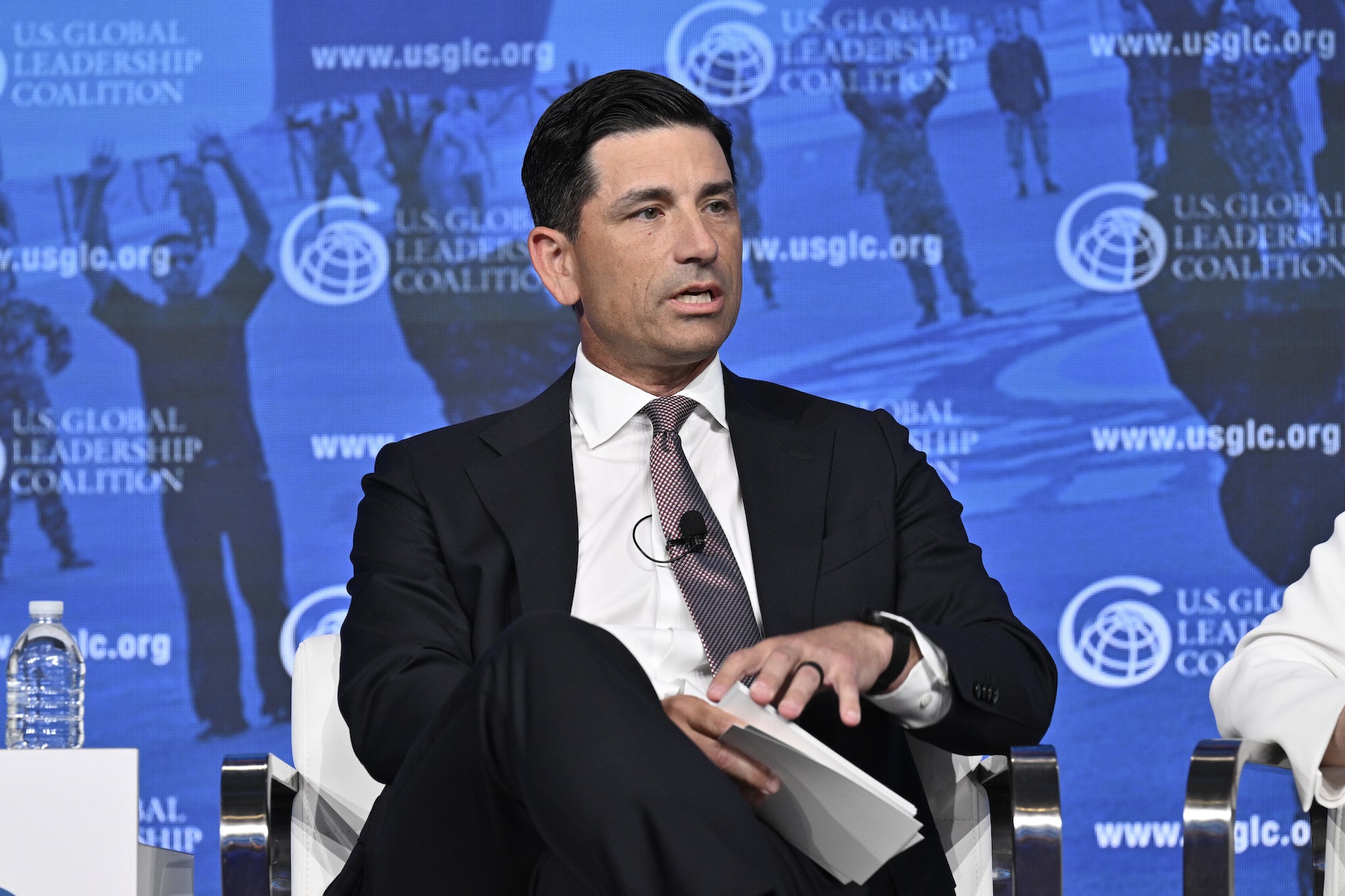
Trump’s “America First” Foreign Policy: Navigating Global Challenges, From Trade to Diplomacy
The return of Donald Trump to the White House in 2025 marked a significant recalibration of American foreign policy, reasserting the “America First” doctrine with renewed vigor. This approach prioritizes national sovereignty, economic protectionism, and a distinctly transactional style of diplomacy, reshaping the United States’ engagement with the global community. For allies, adversaries, and international organizations alike, understanding the nuances of this “America First 2.0” is crucial for navigating the evolving global landscape.
The Core Tenets of “America First”
At its heart, Trump’s “America First” foreign policy is built on a foundation of perceived national interest, often viewed through an economic lens. This doctrine fundamentally challenges the post-World War II consensus of multilateralism and shared global responsibility. Key principles include:
- Economic Nationalism: Prioritizing domestic industries and jobs through tariffs, trade renegotiations, and a skepticism towards global trade agreements deemed disadvantageous to the U.S.
- Transactional Diplomacy: Engaging with other nations on a deal-by-deal basis, seeking tangible benefits for the United States in each interaction, rather than relying on long-standing alliances or ideological partnerships.
- Sovereignty Emphasis: Asserting the primacy of national decision-making, often leading to a questioning of international agreements, organizations, and norms that may impinge on U.S. autonomy.
- “Peace Through Strength”: A belief that a powerful military and a willingness to act unilaterally are the best deterrents against aggression, often accompanied by a demand that allies contribute more to their own defense.
Navigating the Global Trade Arena
Trade has been a central battleground for Trump’s foreign policy. The “America First” agenda has seen a significant shift in the U.S. approach to international commerce, with a focus on correcting perceived trade imbalances.
Key Trade Actions and Impacts:
- Tariffs and Trade Wars: Imposing tariffs on goods from major trading partners, including China and European allies, aimed at protecting American industries. This has led to retaliatory measures and disrupted global supply chains.
- Renegotiation of Trade Deals: Withdrawing from or renegotiating existing agreements like the Trans-Pacific Partnership (TPP) and the North American Free Trade Agreement (NAFTA) – which was replaced by the USMCA – to secure terms more favorable to the U.S.
- Focus on Bilateral Deals: A preference for bilateral trade agreements over multilateral ones, allowing for more direct negotiation and the potential for tailored outcomes.
The global fallout of Trump’s 2025 foreign policy is particularly evident in trade dynamics. While some American industries may have seen short-term benefits, the broader impact includes increased costs for consumers, strained relationships with allies, and uncertainty for global businesses.
Diplomacy: A Transactional Approach to Alliances
The “America First” doctrine has significantly reshaped how the United States engages with its traditional allies, leading to reassessments of long-standing partnerships and a more demanding stance on burden-sharing.
Alliances Under Scrutiny:
- NATO Re-evaluation: President Trump has consistently pressured NATO members to increase their defense spending, questioning the value of mutual defense pacts if perceived imbalances persist. This has led to increased contributions from some nations but also sowed seeds of doubt about U.S. commitment.
- Transatlantic Partnerships: Strained relationships with European powers stemming from trade disputes, differing approaches to international agreements (like the Paris Climate Accord or the Iran nuclear deal), and a general perception of unilateralism.
- Shifting U.S.-China Relationship: A more confrontational stance towards China, characterized by trade disputes, intellectual property concerns, and geopolitical rivalry, has fundamentally altered the dynamics between the two global powers.
The impact of Trump’s foreign policy on global alliances has been profound. While the core of many alliances remains, the underlying trust and predictable cooperation have been tested. For nations relying on U.S. security guarantees, the unpredictability of transactional diplomacy presents a significant challenge.
Global Challenges in the “America First” Era
Beyond trade and alliances, the “America First” approach influences how the U.S. confronts other critical global challenges.
Key Areas of Impact:
- Climate Change: A withdrawal from or reduced engagement with international climate agreements, prioritizing domestic energy production and economic growth over global environmental commitments.
- International Organizations: A tendency to question the effectiveness and fairness of multilateral institutions like the World Health Organization (WHO) and the World Trade Organization (WTO), sometimes leading to reduced U.S. participation or funding.
- Immigration and Border Security: A strong emphasis on border control and national security, often leading to stricter immigration policies and a less open approach to international migration.
The future of NATO and the transatlantic partnerships remains a key concern, as is the evolving U.S.-China relationship. Emerging economies and global stability are also significantly impacted by this shift, as the U.S. role in global governance is redefined.
Considerations for the Future
The “America First” foreign policy, reasserted in 2025, presents a complex landscape for global engagement. For leaders, businesses, and citizens worldwide, navigating this era requires:
- Understanding Transactional Dynamics: Recognizing that relationships may be viewed through a cost-benefit analysis, requiring clear articulation of mutual interests.
- Strengthening Regional Cooperation: Allies may need to bolster their own regional partnerships and economic ties to mitigate potential disruptions from shifts in U.S. policy.
- Diversifying Economic Partnerships: Reducing over-reliance on any single trading partner and exploring new markets can offer resilience.
- Advocating for Shared Values: Continuing to promote international norms and humanitarian principles, even amidst a more nationalistic foreign policy, can help maintain a global dialogue.
Trump’s “America First” foreign policy is not merely a set of policy decisions; it represents a fundamental philosophy that prioritizes national interests as defined by the administration. Its impact on global trade, diplomacy, and the broader international order is undeniable, prompting a crucial reevaluation of how nations interact in an increasingly interconnected, yet also nationalistic, world.

Additional Information
Trump’s “America First” Foreign Policy: Navigating Global Challenges, From Trade to Diplomacy
Donald Trump’s “America First” foreign policy, reasserted with his return to the U.S. presidency in 2025, represents a significant departure from traditional American diplomatic approaches. This doctrine, centered on prioritizing national interests, economic protectionism, and a transactional style of diplomacy, has reshaped the United States’ role on the global stage and continues to reverberate across major world powers and international alliances. Understanding “America First” requires a detailed examination of its core tenets and their impact on various facets of global engagement, from trade negotiations to the future of established multilateral agreements.
At its heart, “America First” signifies a fundamental shift from multilateralism to a focus on national sovereignty and economic protectionism. This approach prioritizes what is perceived as the direct benefit to the United States, often at the expense of long-standing global commitments and alliances. As highlighted by recent analyses, this doctrine is characterized by a willingness to reshape longstanding alliances and challenge the foundations of international partnerships. The emphasis is on a transactional approach to diplomacy, where relationships are viewed through the lens of immediate, tangible gains for the U.S.
Key Pillars and Their Global Ramifications:
1. Trade Realignment and Economic Protectionism:
A cornerstone of “America First” is the pursuit of perceived fair trade deals that benefit American workers and industries. This has translated into a willingness to:
- Re-evaluate and renegotiate existing trade agreements: This includes tariffs imposed on goods from various countries, aiming to level the playing field and encourage domestic production. The goal is often to reduce trade deficits and protect American jobs.
- Prioritize bilateral deals over multilateral frameworks: While multilateral trade agreements have historically aimed to create global economic stability and interdependence, “America First” favors direct negotiations with individual nations, allowing for greater leverage and tailored outcomes.
- Impact on global supply chains: The imposition of tariffs and the renegotiation of trade deals can disrupt established global supply chains, leading to increased costs for businesses and consumers worldwide, and potentially prompting countries to diversify their trading partners.
2. Reshaping Alliances and Challenging Multilateralism:
“America First” has signaled a skepticism towards traditional alliances and multilateral institutions, viewing them as potentially burdensome or not sufficiently serving U.S. interests. This manifests in:
- Weakening of multilateral agreements: The policy has shown a tendency to withdraw from or question the value of international agreements and organizations, such as those related to climate change or arms control. This can undermine the collective action needed to address global challenges.
- Future of NATO and transatlantic partnerships: The commitment to organizations like NATO has been questioned, with an emphasis on burden-sharing and ensuring that alliances directly benefit the United States. This has created uncertainty for European allies and has led to discussions about the future of collective security.
- Transactional diplomacy: Relationships with allies and adversaries alike are approached with a transactional mindset, focusing on what each party can gain from a specific interaction rather than on shared values or long-term strategic alignment. This can lead to a more fluid and less predictable international landscape.
3. Shifting US-China Relationship:
The “America First” approach has significantly altered the dynamic between the United States and China, characterized by increased competition and a focus on economic and technological rivalry. This includes:
- Trade wars and tariffs: The imposition of tariffs on Chinese goods has been a prominent feature, aimed at addressing perceived unfair trade practices and intellectual property theft.
- Technological competition: The policy highlights concerns about China’s technological advancements and their implications for U.S. national security and economic competitiveness, leading to restrictions on certain Chinese companies and technologies.
- Geopolitical implications: The intensified rivalry impacts global trade, investment, and security dynamics, forcing other nations to navigate complex relationships with both superpowers.
4. Global Isolation vs. Focused Engagement:
The “America First” doctrine has sparked debate about whether it leads to global isolation or a more focused, albeit selective, engagement with the world.
- Potential for isolation: Critics argue that by prioritizing national interests above all else and alienating allies, the U.S. risks becoming isolated and less effective in addressing global issues.
- Selective engagement: Proponents suggest that “America First” allows the U.S. to engage more strategically, focusing resources and attention on areas where its interests are most directly served, rather than being drawn into every global conflict or initiative.
Navigating Global Challenges:
The “America First” foreign policy presents a complex challenge for navigating the interconnected global landscape. While its proponents argue it prioritizes American prosperity and security, its critics point to the potential for undermining international stability, weakening alliances, and hindering collective responses to pressing global issues such as climate change, pandemics, and humanitarian crises.
The return of the “America First” doctrine in 2025 necessitates a careful assessment of its implications for the global order. The emphasis on national sovereignty, economic protectionism, and transactional diplomacy creates a dynamic where the U.S. prioritizes its perceived immediate interests, leading to significant adjustments in its relationships with allies and adversaries alike. The long-term ramifications of this approach will continue to unfold as the world grapples with the shifting priorities of a nation that has historically played a central role in shaping international affairs. The future of global cooperation and the effectiveness of multilateral frameworks will undoubtedly be tested under this renewed “America First” banner.






Leave a Reply